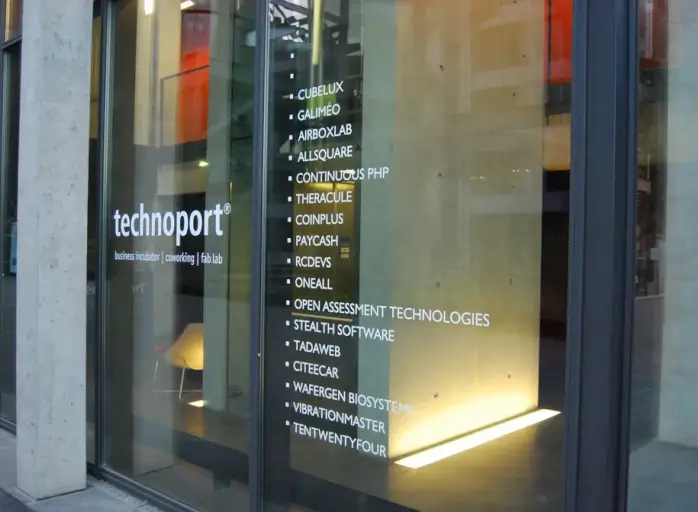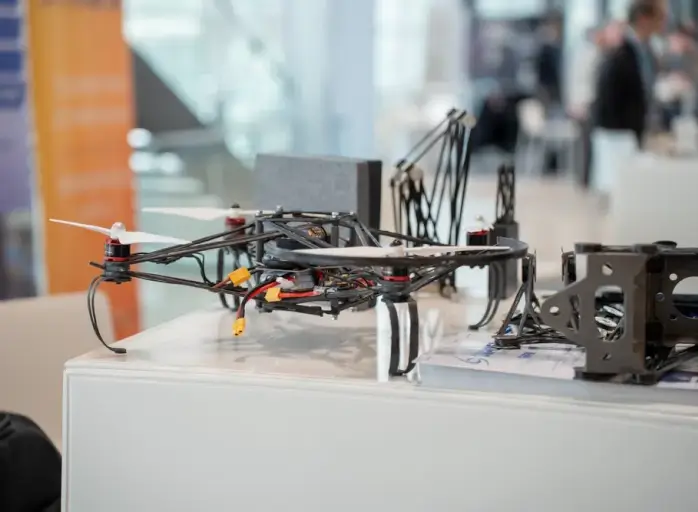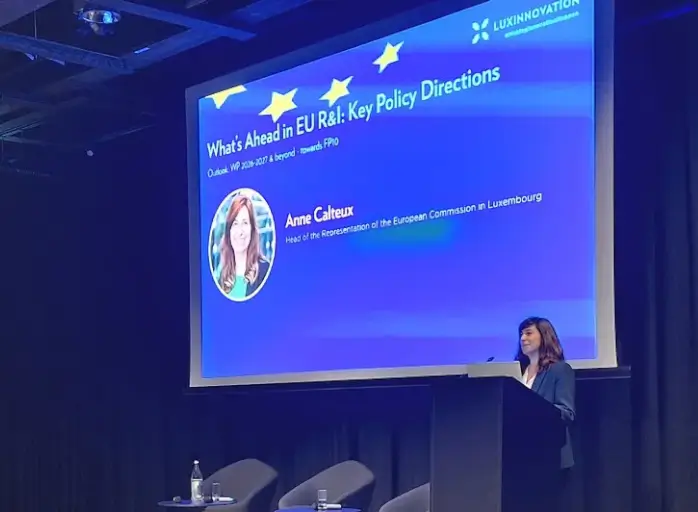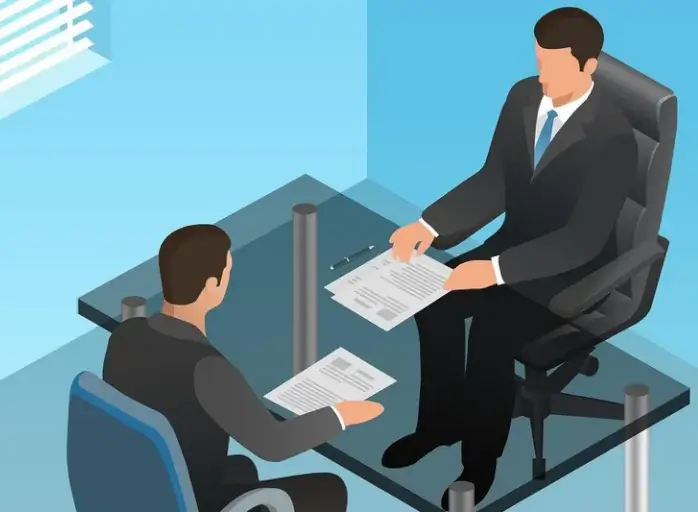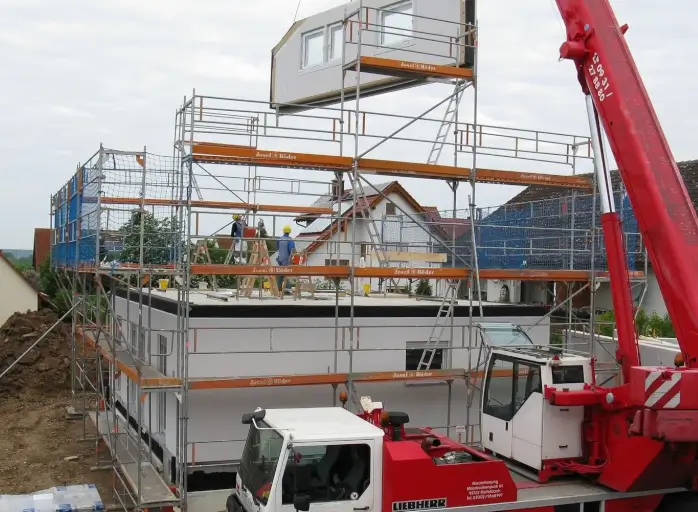

Green defence: The rise of dual-use technologies
On 18 April 2023, an event highlighted national and European R&D initiatives targeting green defence and emphasised the increasing importance of dual-use technologies applicable to civil solutions just as well as to security and defence.
 Lena Mårtensson
Lena Mårtensson
Over the past almost 40 years, Luxinnovation has been supporting Luxembourg-based companies with their innovation projects and connecting them with research and funding opportunities. Many of them have also been developing solutions that meet the needs of defence.
We seek to enable Luxembourg research centres and industry to integrate the European defence value chain.
In 2020, Luxinnovation officially partnered with the Luxembourg Directorate of Defence – a partnership that was renewed in February 2023 – in order to ensure that the Luxembourg economy supports the needs of European defence and security in a more structured and systematic manner. “Through this partnership, we seek to enable Luxembourg research centres and industry to integrate the European defence value chain,” explains Sasha Baillie, CEO of Luxinnovation.
Green defence and sustainability
 Sustainability has become a central concept in the strategies of both the Directorate of Defence and Luxinnovation over the past years. “We consider innovation and digitalisation not as an end in themselves, but as a means to ensure that our companies and our economy are not only competitive but also sustainable,” Ms Baillie points out. “It is a common thread throughout the projects and activities we run. This way, we seek to contribute to achieving the UN’s sustainable development goals.”
Sustainability has become a central concept in the strategies of both the Directorate of Defence and Luxinnovation over the past years. “We consider innovation and digitalisation not as an end in themselves, but as a means to ensure that our companies and our economy are not only competitive but also sustainable,” Ms Baillie points out. “It is a common thread throughout the projects and activities we run. This way, we seek to contribute to achieving the UN’s sustainable development goals.”
Luxembourg’s Directorate of Defence has commissioned several studies establishing clear links between environmental degradation and security. More and more evidence has shown the implications of global environmental change for peace and security. In many parts of the world, and particularly in the EU neighbourhood, they are often related to tensions or conflicts around the access to natural resources, such as fertile agricultural and pasture lands and water resources. “This is why, at the EU and NATO, we need to improve our strategic foresight by integrating indicators on the state and governance of natural resources,” says Rol Reiland, Deputy Director of Defence at the Luxembourg Ministry of Foreign and European affairs.
We need a research, innovation and investment boost into circular and green technologies for defence.
Global security and defence are not only affected by, but also contribute to, global environmental change. The defence sector is considered to be one of the largest institutional contributors to climate change. A first assessment of the carbon footprint of Luxembourg defence has shown that the largest shares of emissions stem from value chains of goods and services procured and from military aviation. While technologies exist to mitigate emissions for infrastructure and civilian mobility, there are huge technology bottlenecks when it comes to sustainable value chains and green propulsion systems and fuels for military vehicles, ships and aircraft. “This is why we need a research, innovation and investment boost into circular and green technologies for defence. And we are convinced that Luxembourg stakeholders can contribute to such a boost,” says Mr Reiland.
“Green defence is indeed about smart mobility by land, air and space. The use of green fuels, hydrogen propulsion, lightweight materials and autonomous systems contributes to a more sustainable manner of ensuring flexible, efficient, fast and reliable mobility for defence operations,” says Ms Baillie.
Technology can help to prevent environmental damage that is caused by conflict or that leads to conflict.
Green defence is also about conflict prevention and mitigation. “Technology can help to prevent environmental damage that is caused by conflict or that leads to conflict,” she points out. “The green aspect also includes resilient infrastructures. These can be in the cyber domain, but also physical infrastructures such as camps in conflict zones based on sustainable materials and manufacturing.”
Cross-sector approach
Developing green defence requires a holistic approach. “In order for solutions to be truly sustainable, the entire value chain has to be taken into account,” says Alexander Link, Defence Industry Coordinator at Luxinnovation. “A cross-sector approach is needed. Smart mobility is a good example: it requires the use of green propulsion systems and lightweight materials just as well as autonomous vehicles, which in turn involve artificial intelligence, cybersecurity, space capabilities and other digital technologies. Skills in a whole range of fields are needed.”
Security and defence are rarely the main focus of Luxembourg companies, but many develop dual-use technologies that can serve different purposes. “The synergies between civil, space and defence solutions are very strong, especially in the field of green defence,” Mr Link underlines. “All our defence-related activities are aimed at benefitting the economy in general as well as defence.”
R&D funding for dual-use technologies
Luxinnovation facilitates the access of Luxembourg players into initiatives such as the European Defence Agency’s (EDA) CapTech working groups, the programmes of the European Defence Fund (EDF) and various NATO programmes like the recently launched DIANA accelerator.
Companies and research centres interested in getting involved in dual-use R&D projects can count on us at Luxinnovation for guidance towards the most suitable funding measures.
“Last year, we have also launched a national joint call for defence solutions connecting the means of our National Research Fund, the Ministry of Economy’s funding instruments and the budgetary means and strategic direction of the Directory of Defence,” says Ms Baillie. “This kind of synergies makes perfect sense. We channel our resources, knowledge and interests in a coherent and complementary manner this way. In a country the size of Luxembourg, we need to be all the more efficient with our scarce resources.”
The event on 18 April included presentations of the EDA and EDF defence funding instruments as well as funding available through the Horizon Europe and the Green Deal programmes. “Companies and research centres interested in getting involved in dual-use R&D projects can count on us at Luxinnovation for guidance towards the most suitable funding measures,” says Mr Link. “We can also help them develop a roadmap for combining different funding tools as their work progresses so that they can benefit from both national and European funding opportunities.”



